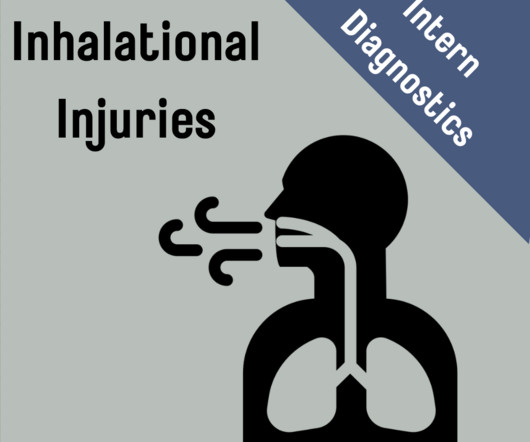Adjunctive Methylene Blue in Septic Shock?
RebelEM
MAY 29, 2023
Judicious fluid resuscitation is indicated in patients with signs of hypo perfusion but is often inadequate necessitating the administration of vasoactive medications. At the most severe end, this includes endothelial dysfunction leading to increased vascular permeability, abnormal nitric oxide metabolism, and vasodilation (i.e.














Let's personalize your content